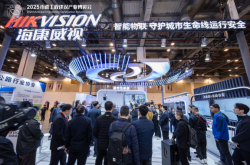From 'Sales Champion' to 'Bankruptcy Application': Nezha Auto's Self-Rescue Struggles to See Dawn
![]() 05/15 2025
05/15 2025
![]() 569
569
On May 13, the National Enterprise Bankruptcy Reorganization Case Information Network announced that Shanghai Yuxing Advertising Co., Ltd. had applied for the bankruptcy of Hezhong New Energy Automobile Co., Ltd., the parent company of Nezha Auto, at the Intermediate People's Court of Jiaxing City, Zhejiang Province.

On May 14, Nezha Auto officials responded, clarifying that it was an advertising company, not Nezha Auto itself, that had filed for bankruptcy. "This is the company's legal right, and currently, we have no internal matters related to bankruptcy applications," emphasized the staff. "Everyone should focus on the applicant and refrain from believing or spreading rumors."
Strictly speaking, this 'bankruptcy' application is not an active bankruptcy filing by Nezha Auto; however, the company has yet to witness a turnaround opportunity.
▍From 'King of the Lower Tier Market' to 'System Collapse'
Just three years ago, Nezha Auto topped the sales charts among new energy vehicle startups with an annual sales volume of 152,000 units, surpassing NIO, XPeng, and Li Auto. Its swift descent from peak to trough underscores not only the fierce competition in the new energy vehicle industry but also the deep-seated operational crises within the company.
Nezha Auto's rise began with its misaligned capture of market demand. Around 2020, while most new energy vehicle startups targeted the high-end market, Nezha Auto opted to enter with entry-level electric vehicles priced between 50,000 and 100,000 yuan, rapidly increasing sales through B-end travel platforms. This differentiated strategy had early success; the Nezha U and Nezha V models launched in 2022 once dominated half of the lower-tier market.
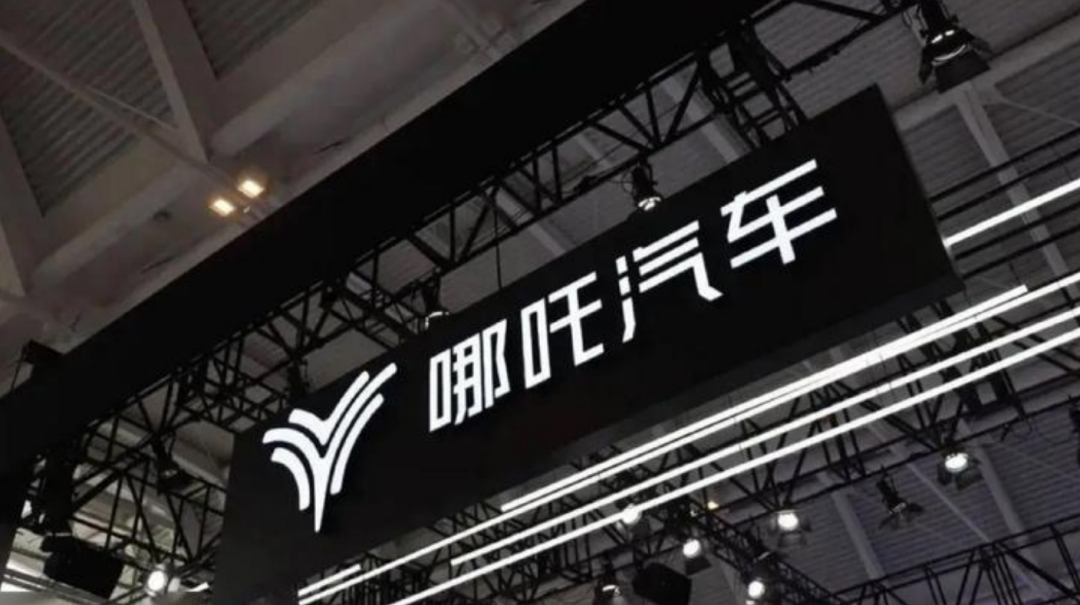
However, industry insiders viewed the management's misjudgment of market trends as a harbinger of trouble: As mainstream automakers began focusing on the 100,000-200,000 yuan price range, Nezha Auto remained fixated on the low-end market. Despite aiming its flagship model, the Nezha S, at the 200,000 yuan range, it lagged behind competitors due to its lack of intelligence, with annual sales of less than 10,000 units. The Nezha S and Nezha GT sports car also suffered from poor sales, hindered by insufficient technical competitiveness and chaotic pricing, with an annual target completion rate of just 51%. The failure of high-end products not only drained R&D resources but also led to the suspension of the planned large 7-seat SUV project, missing out on the benefits of the family user market.
Simultaneously, management control issues surfaced. R&D investment plummeted from 12.3% in 2021 to 3.2% in 2024, and intelligent assisted driving and other core technologies failed to achieve rapid iteration. By 2025, the asset-liability ratio had soared to 217%, and the number of core patent applications was zero for eight consecutive months.
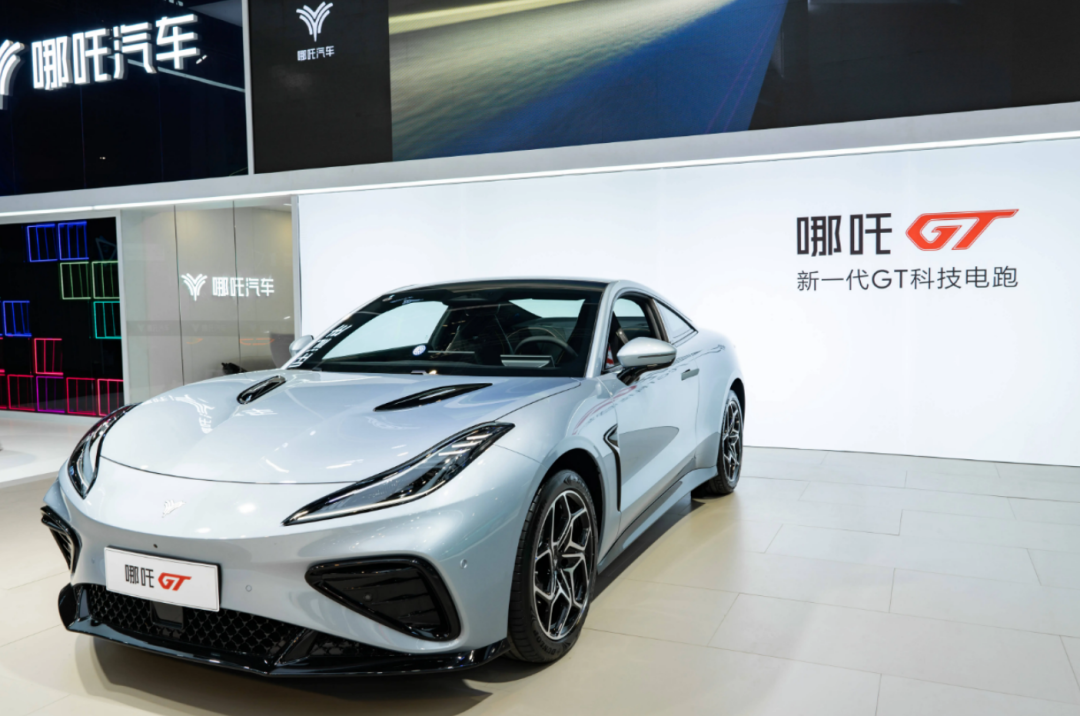
Furthermore, Nezha Auto's Shanshai platform, launched in 2023 with aspirations for a high-end transformation, had a development cycle spanning three years, missing the market window. Sales issues also emerged; to meet targets, some dealers were forced to 'buy out inventory', collapsing the terminal price system and straining the user service system.
The collapse of the supply chain and channel system exacerbated the crisis. Starting in 2024, core suppliers like CATL and Bosch halted supplies due to unpaid debts, halting production lines. In April of this year, 20 representatives from over 300 dealers collectively visited the Tongxiang factory to defend their rights; the official App also became unusable. The company's self-sustaining capacity was weakening.
▍Industry Reshuffling and Reconstruction After Capital Retreat
Nezha Auto's predicament coincides with a pivotal moment in the new energy vehicle industry's transition from 'incremental competition' to 'stock competition'. In 2025, the domestic penetration rate of new energy passenger vehicles exceeded 50%, marking a mature market phase with significantly heightened consumer demands for intelligence, brand power, and service experience.
Tesla's price war sparked a chain reaction. Traditional automakers like BYD and Geely leveraged their full industrial chain advantages for dimensional reduction attacks, while startups like Zero Run and Deep Blue controlled costs through vertical integration. In contrast, Nezha Auto lacked both a core technology moat and a differentiated competitive edge, failing to establish barriers in supply chain negotiations, cost control, technology iteration, and other areas.
The waning of policy dividends further intensified survival pressures. Following the termination of new energy vehicle purchase subsidies at the end of 2022, Nezha Auto's lower-tier market, on which it heavily relied, took a significant hit. Consumers in third- and fourth-tier cities are price-sensitive; when models like Wuling Hongguang MINIEV and Changan Lumin further reduced prices through mass production, the cost-performance advantage of the Nezha V diminished. Additionally, some local governments shifted their subsidy policies to support local automakers, rapidly shrinking Nezha Auto's channel network in key markets.
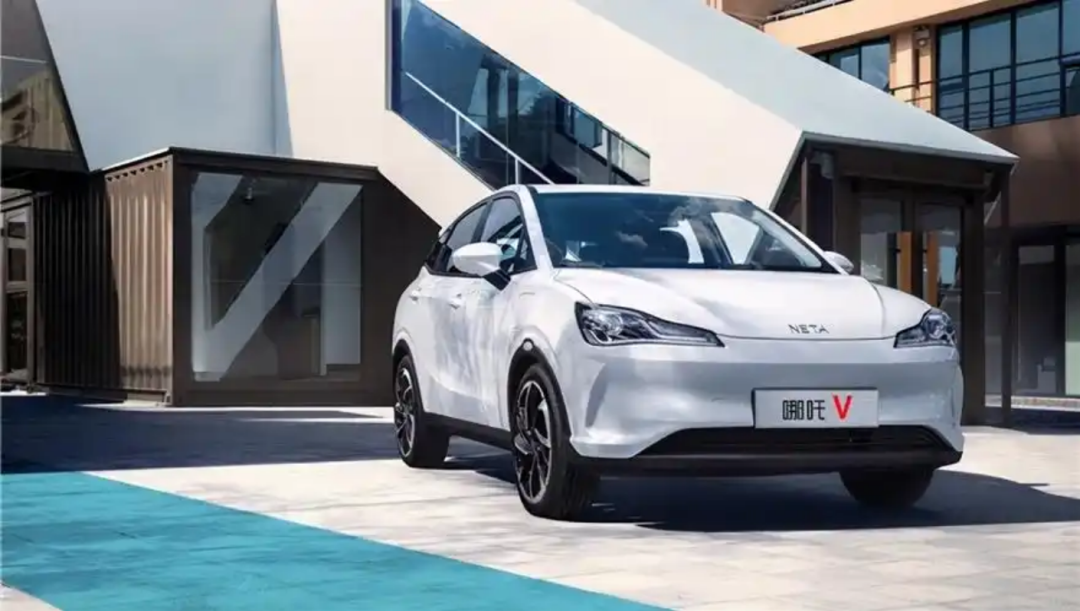
The capital market's attitude became the final straw. In 2021, Nezha Auto's valuation soared to 25 billion yuan, but after 2024, early investors like Huading Capital and Shenzhen Capital Group withdrew collectively, with most successors being local state-owned capital platforms. This capital retreat directly manifested in financing difficulties: The 2024 Pre-IPO round only raised 1.5 billion yuan, and the 2025 Series E round of 3 billion yuan required debt resolution before disbursement, with no current news, ultimately stalling R&D and production investments.
According to Tianyancha, Hezhong New Energy has 420 judicial cases (with 159 new cases added in 2025), totaling up to 240 million yuan. Among these, 88 cases involve sales contract disputes, accounting for over 20%. Regarding the timing of these cases, 65.71% of Hezhong New Energy's cases in the past five years occurred in 2025, representing the highest proportion.
The overseas market failed to reverse the downturn. In 2024, Nezha Auto ranked third in Thailand with sales of 12,000 units, maintaining cash flow through a 110% premium strategy. However, overseas sales only accounted for 30% of the target. As BYD, Great Wall, and other automakers accelerate their Southeast Asian layouts, Nezha Auto's strategy of 'seeking overseas revenue while struggling domestically' may prove unsustainable. More severely, 70% of supplier debts in the debt restructuring plan were converted into equity (with a valuation discount of 99.89%), and the remaining 30% were paid in installments. This 'debt-for-equity swap' essentially transferred risks to upstream and downstream players in the industry chain, further eroding the confidence of ecological partners.
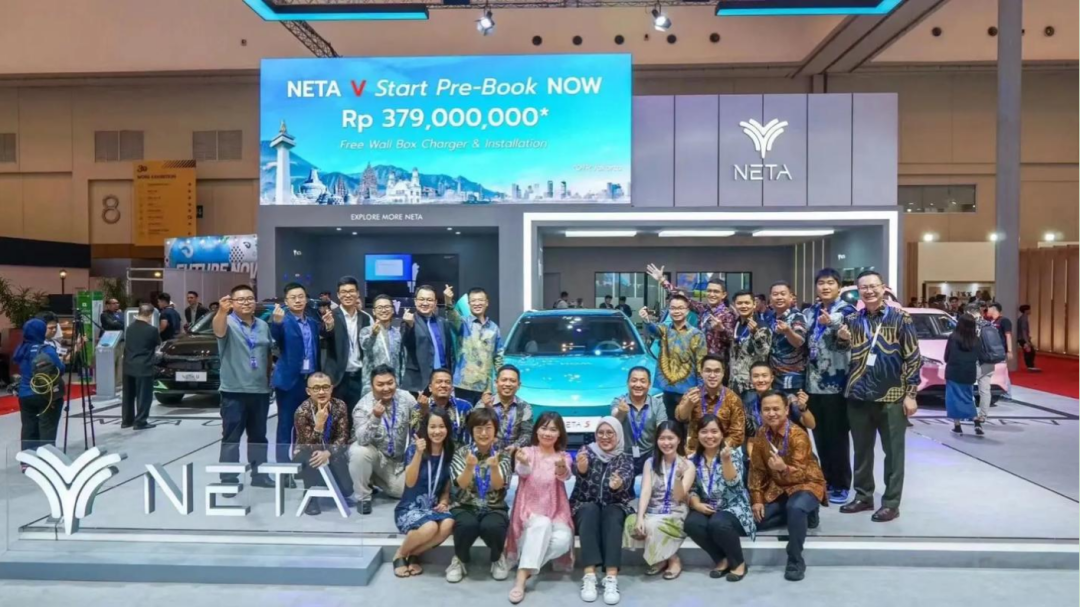
Currently, the industry has entered a market-driven, efficiency-prioritized competition stage. Nezha Auto's situation serves as a cautionary tale for new energy vehicle companies: Low-price strategies can only be a market entry tool, not a long-term survival crutch. Scale expansion without core technology support will ultimately erode profits.
Moreover, the window for intelligent transformation is fleeting, and the sustainability of R&D investment directly determines the company's competitive depth. Finally, capital operations must align with business fundamentals. In a tightening financing environment, cash flow management capability trumps valuation stories.
Typesetting | Yang Shuo Image Source: Nezha Auto, National Enterprise Bankruptcy Reorganization Case Information Network




